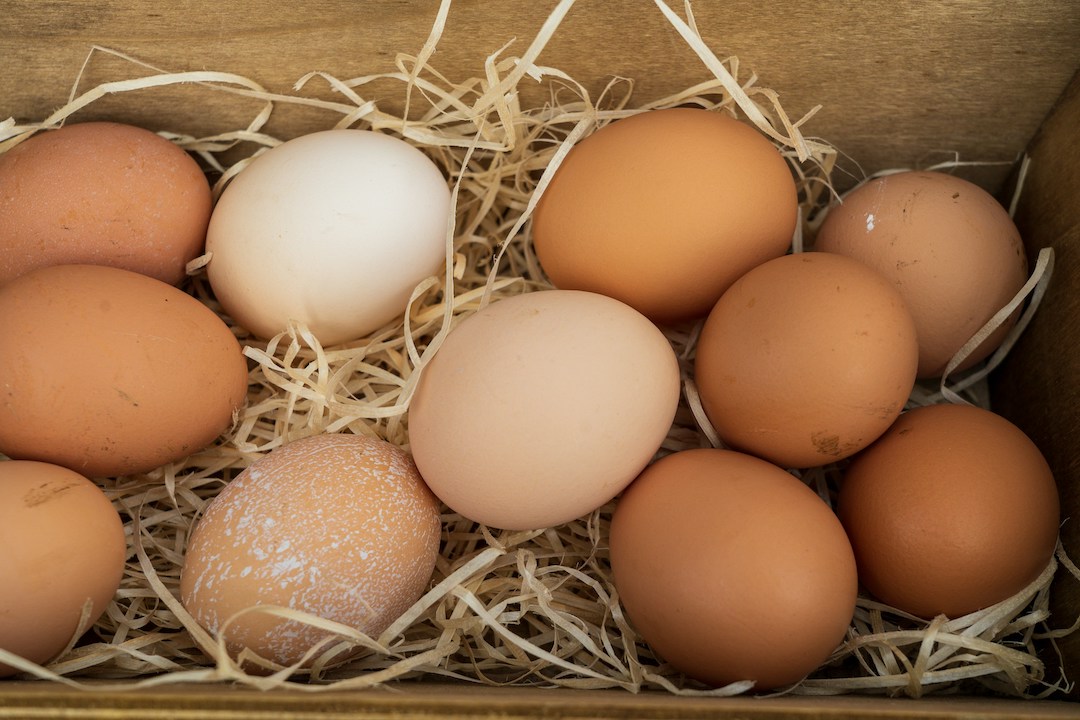Bird flu outbreaks across Australia have put the country’s egg supply at risk.
Two strains of avian influenza have spread to four farms across Victoria, forcing them into quarantine. Over 6000,000 egg-laying hens will need to be culled in order to prevent further escalation with the first case detected over two weeks ago on a 400,000-hen farm in Meredith.
What is bird flu?
Bird flu is an infectious disease caused by Type A viruses. It is known to result in the death of poultry and wild birds, sometimes even spreading to mammals and humans.
Signs of an infection include lethargy, swelling of limbs, panting, ruffled feathers and decline in egg production. Bird flu can spread between poultry products, feed, equipment, and even survive long periods of time in droppings, feathers, eggs and meat.

According to the Department of Agriculture, there have been 9 outbreaks of bird flu in commercial birds since 1976. In order to protect poultry and birds from deadly outbreaks, the department recommends eight simple steps:
- Regularly clean your equipment and the poultry yard – litter and sand should be removed from the aviary every few months, and feed and water containers should be disinfected regularly.
- Avoid contact between poultry and wild birds – protective netting and shelter can help to stop wild birds from entering your farm.
- Stop animal waste from entering the feed and water supply – water for your poultry should come from a chlorinated mains water supply or a clean bore. Food should be stored in a secure container away from wild birds.
- Always practice good hygiene – wash your hands, clean your equipment and keep a register of all bird movements in and out of your property.
- Limit visitors’ access to your birds – restrict access to bird areas.
- Quarantine new birds – separate new poultry for at least 30 days.
- Know signs of disease – these can include sudden death and respiratory issues.
- Report dead or sick birds immediately
Australia’s poultry industry
In the 2022-23 financial year, Aussie farmers produced 6.68 billion eggs, with a national flock size of 21,829,208 egg-laying hens. According to Australian Eggs, the two biggest egg-laying states were New South Wales and Queensland, followed closely by Victoria.
This massive market is made up of three different egg farming systems; free range, caged and barn-laid. Over the last decade, the demand for free range eggs has significantly increased, leading to 56.5 percent of all sales.

In Victoria alone, there are 100 egg farms accounting for 19.47 percent of Australia’s total production.
In response to the recent outbreak of bird flu, Agriculture Victoria has issued a housing requirement in the Meredith and Lethbridge areas where the cases were identified. Under the requirement, all poultry farmers and bird owners must keep their poultry in cages or sheds as much as possible.
Teams are currently working to determine the source and spread of the infection, as well as cleaning all identified case sites. Agriculture Victoria have also put in place movement controls to prevent further spread. This means farmers require a permit to move birds, eggs, poultry feed and equipment on or off properties in the Restricted Areas and Control Areas of Meredith and Terang.

Impacting Australia’s egg supply
So far, the impact on Australia’s egg supply is yet to take effect, but industry experts are concerned that the outbreak of bird flu will have major consequences.
In an interview with the ABC, the Victorian Farmers Federation vice-president Danyel Cucinotta said egg availability was bound to change, though different retailers would be impacted differently.
“We’re anticipating a flow-on impact to egg supplies in the coming weeks and are working as hard as possible to maintain availability,” said Ms Cucinotta.
“My advice is to shop around at your local grocer, market, or small independent store to buy your eggs.”
To read about threats to the global orange juice supply, click here.

